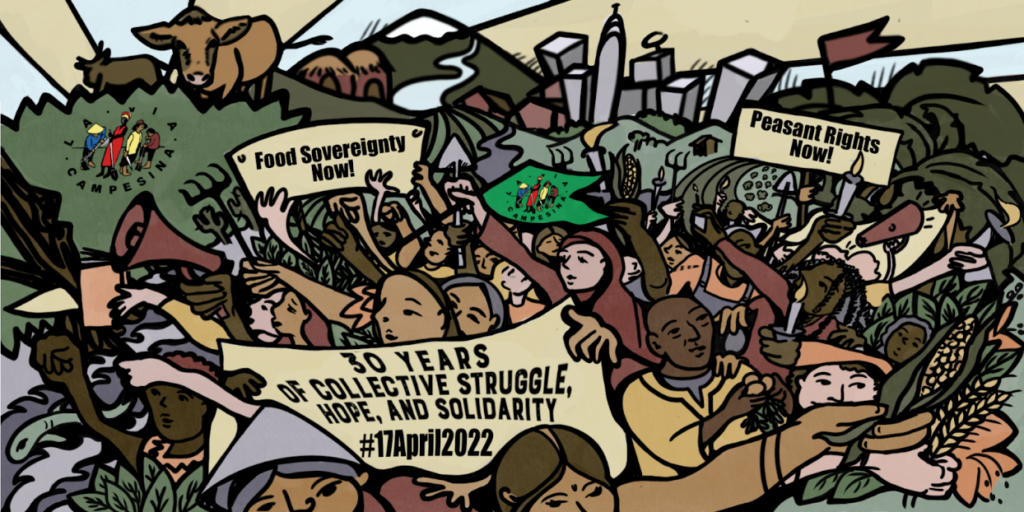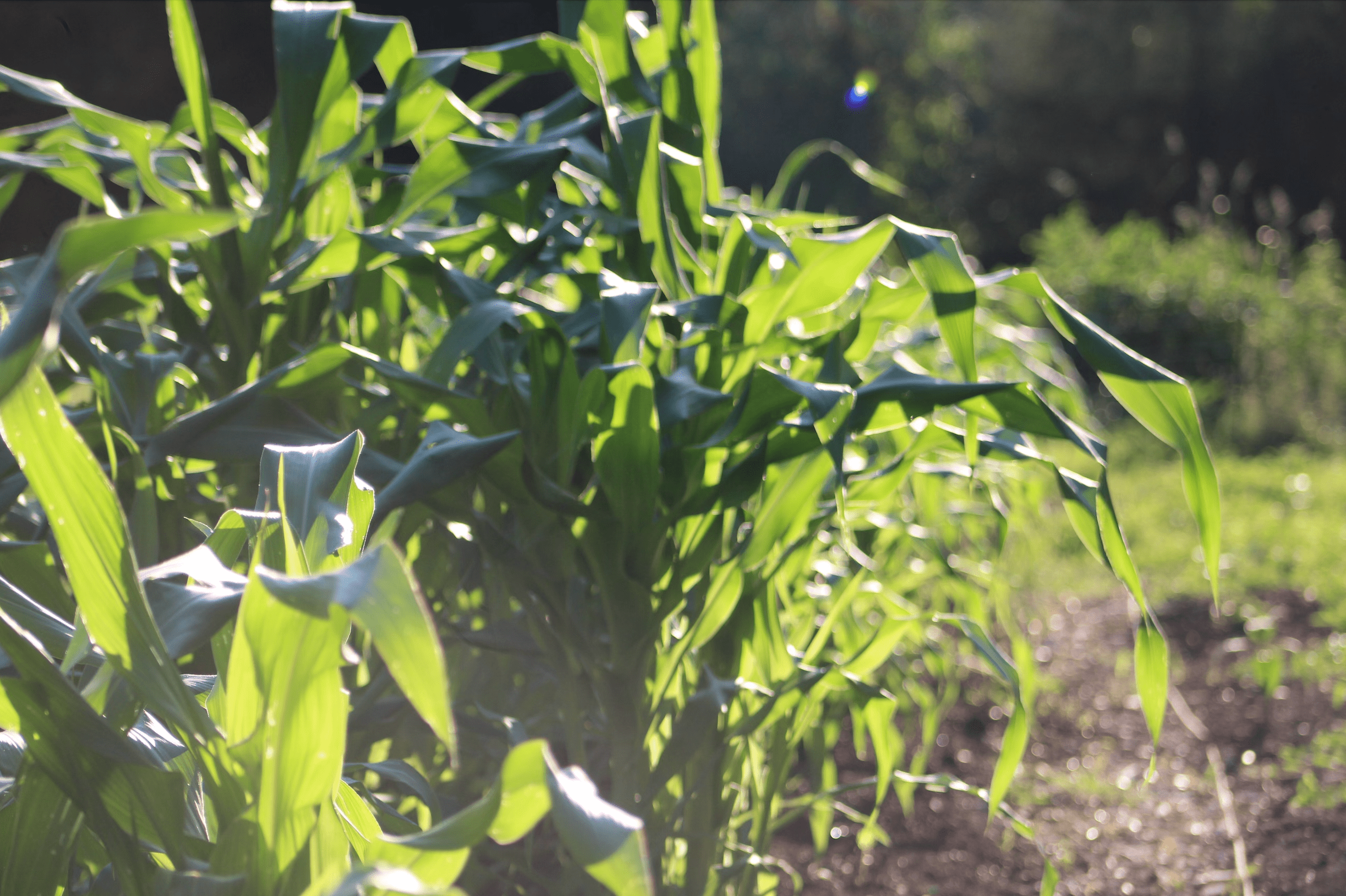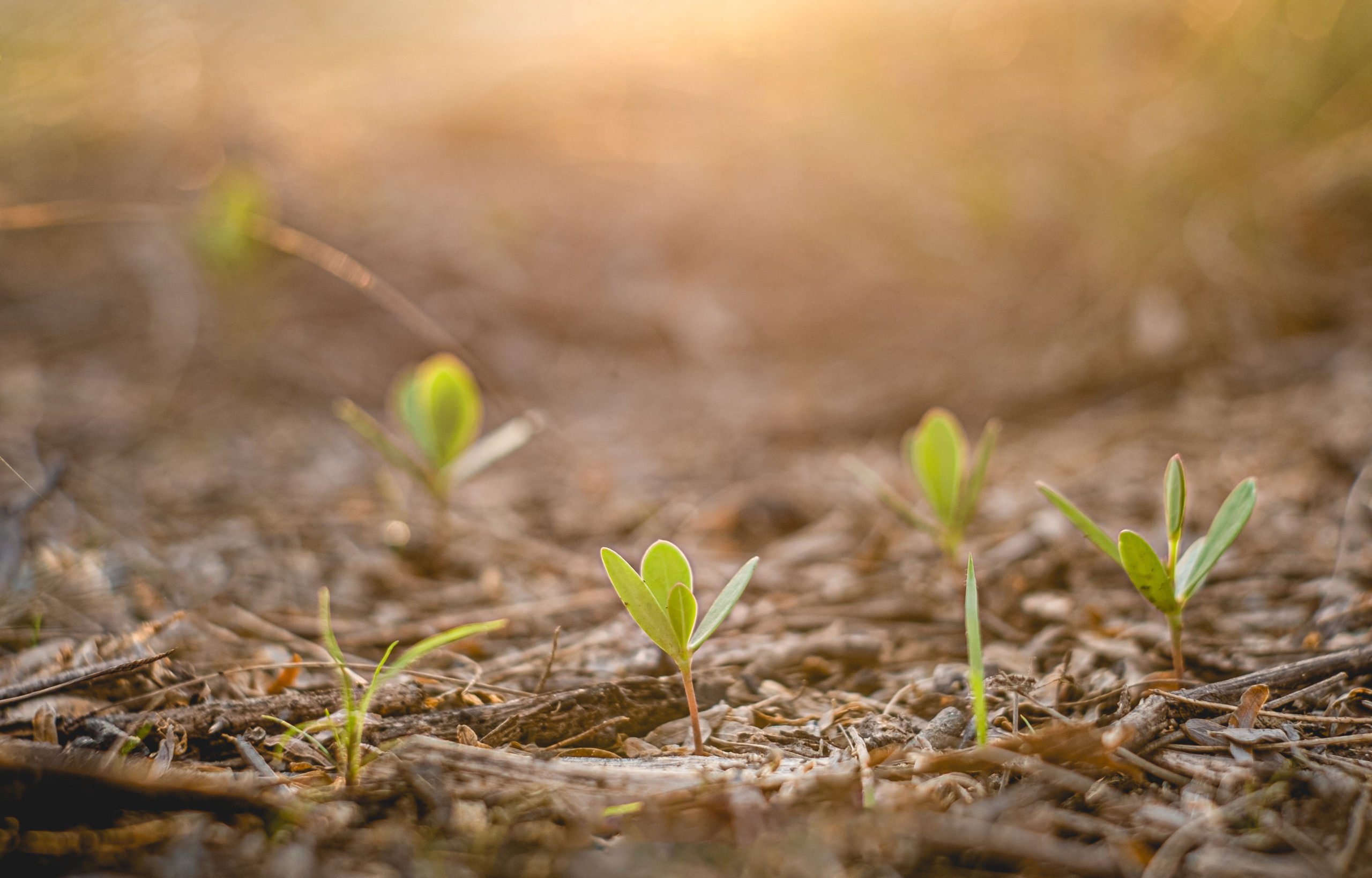Nestled in the verdant slopes of the Escambray Mountains in south central Cuba, there is a small farming cooperative. In the 2015 documentary, Semillas del Escambray; Retratos de una alternativa de vida que brota desde las montañas de Cuba, the farm’s pigs and rabbits intermingle with banana and coffee trees, while long raised beds planted with tomatoes, cabbages, peppers, and other vegetables extend along the edge of the dense sub-tropical forest. One farmer, who has been farming since the late nineties, shares that the farm is home to over 121 varieties of fruit trees. This diversity of crops and livestock is characteristic of the specific form of agriculture practiced by the Escambray cooperative, known around the world as agroecology.
Agroecology ensures the lasting health of the land through ecologically grounded practices.
If you are interested in food sovereignty or local food systems, it’s likely that you’ve come across the term “agroecology” before. Agroecology was first coined in 1928 by the Russian agronomist Basil Bensin to describe the application of the methodology of ecology to the study of agriculture. Today, the term has been transformed from a strictly scientific discipline into a central feature of the international movement for food sovereignty. Understanding agroecology can greatly enrich the practice of farmers and food activists in the United States through providing a common framework for farmers working to reclaim control over food production. In what follows, agroecology is focused on as a form of knowledge production and a tool for creating autonomous local food producers.
According to Miguel Altieri, most agricultural research is skewed toward commodity production and increasing crop yields, and fails to take into account neither the “needs and options” of under-resourced farmers, nor “the ecological context of the systems being addressed.” On the level of policy, the paradigm of the Green Revolution, which is advanced by organizations such as the World Food Bank and International Monetary Fund, places emphasis on increased production alone. This production-oriented bias overlooks the myriad of factors associated with agriculture, including its role in cultural life, the creation of stable employment, and healthy ecosystems.
In order to increase production, governments and multinational corporations unilaterally impose large-scale industrial farming methods that wreak havoc on local ecologies and agrarian cultures.
In order to increase production, governments and multinational corporations unilaterally impose large-scale industrial farming methods that wreak havoc on local ecologies and agrarian cultures. Farmers are increasingly reliant on expensive off-farm inputs such as genetically modified seeds, pesticides, and fertilizers to meet the demands of the global commodity market. Those who manage to pay for these expenses are forced to take on high levels of debt, while those who cannot are pressured to leave their land and seek work in urban centers. The toll of one-dimensional, profit-oriented thinking is now painfully clear. As farmers lose their land at unprecedented rates, the earth is being stripped of its essential nutrients and suffocated under a veil of frivolous carbon emissions.
Unlike the Green Revolution and production-obsessed research, agroecology is based on the power of local knowledge and local control over the land. According to the 2015 Declaration of the International Forum for Agroecology, peasants and smallholding farmers have been highly successful land stewards for millennia, farming in accordance with the specific conditions of their landscape, mimicking natural processes, cultivating diverse crops, and generating unrivaled levels of biodiversity in the form of new seed varieties. These techniques have allowed peasants to create highly productive farming operations that enriched their local environment and communities without reliance on expensive off-farm inputs. Agroecology is simply a continuation of these millennia of knowledge accumulation. Any one definition of agroecology as a practice would be incomplete. It reaches beyond a limited set of techniques or ideas, instead embracing the efficacy of agricultural techniques produced on a regionally, culturally, and ecologically specific level.
These techniques have already been proven effective in resisting climate change. According to the 2015 declaration, “The production practices of agroecology (such as intercropping, traditional fishing and mobile pastoralism, integrating crops, trees, livestock and fish, manuring, compost, local seeds and animal breeds, etc.) are based on ecological principles like building life in the soil, recycling nutrients, the dynamic management of biodiversity and energy conservation at all scales.” In other words, agroecology ensures the lasting health of the land through ecologically grounded practices. There is a growing body of scientific research which demonstrates that biodiverse crops are more resilient to drought, pests, and diseases than their monocultural counterparts. With drought already emerging as a consequence of climate change, agroecology is a timely path toward climate resilience.
Agroecology is based on the power of local knowledge and local control over the land.
Similarly, while proponents of monoculture argue that biodiversity leads to decreased productivity, the opposite is in fact the case; “In most multiple cropping systems developed by smallholders, productivity in terms of harvestable products per unit area is higher than under sole cropping with the same level of management (Francis, 1986). Yield advantages can range from 20 to 60% and accrue due to reduction of pest incidence and more efficient use of nutrients, water and solar radiation.” These agroecological farming methods are especially effective because they are cheap and easily accessible to poor farmers, interrupting the cycle of debt and dependency perpetuated by industrial agriculture.
In Cuba, the National Small Farmers Association embraced agroecological farming techniques and a bottom-up, “campesino a campesino” (peasant-to-peasant) model of education, as a means of ensuring autonomy from global capital after the collapse of the USSR. The peasant-to-peasant model “is a process in which the subjects are co-producers of knowledge through the exchange of ideas, experiences and innovations in agroecological production and where successful innovations and experiments are collectively systematized and used as examples to motivate others and strengthen and expand agroecological production.” Instead of reinforcing a hierarchy of knowledge between researchers and farmers, the peasant-to-peasant model is based on knowledge that is produced on the level of farmers’ everyday experience; “it is a ‘pedagogy of experience’ and a pedagogy of ‘the example.’” This democratic education model ensures that control of agricultural techniques remains firmly in the hands of the peasants who produce them.
In light of this, the 121 varieties of fruit trees on the Escambray cooperative should be seen as more than just a means of increasing food production. A farmer from the Escambray co-operative recalls, “Everything entered from [the Soviet Union]. And when the USSR fell, it was almost like stopping breastfeeding a six month old baby… already here and in shops elsewhere, you went looking for something and there was nothing available. Everything disappeared almost overnight.” Cuban farmers were forced to innovate. “And then the peasant took a step forward,” he continued, “thanks to the peasant the cassava appeared, the sweet potato, this and that, and so on. And then people started to innovate and make thousands of inventions with food.” The new Cuban food system was based on the day-to-day innovations of farmers adapting to the specific needs of their land and communities.
La Via Campesina, the global peasant movement, also uses “campesino a campesino” and popular education models in agroecological schools around the world. With these schools, La Via Campesina “promotes our peasant agriculture and builds knowledge—through formal and informal courses (for leaders, activists and grassroots), exchanges of agroecological experiences in all regions and biomes, “farmer-to-farmer” processes, and alliances with various organizations that promote agroecology.” To date, there are twenty agroecological schools in Latin America, ten in Europe, ten in Africa, and ten in southeast Asia.

These schools are just one of many forms through which agroecological knowledge is produced. In Uruguay, for example, the Native and Criole Seed Network of Uruguay is “working to slow and even reverse the advance of large scale industrial agriculture driven by agribusinesses and supported by huge transnational corporations,” through preserving the immense biodiversity of seeds still used by peasant and Indigenous farmers. The stakes for maintaining this biodiversity are increasingly high; “it is calculated that human beings had about 6,000 types of domesticated vegetables suitable for consumption. Today, we use only about 200 of those and of these, twelve are the basic crops which make up our main diet.” The grassroots efforts of the Native and Criole Seed Network ensure that peasants, who are the stewards of most of the planet’s agricultural biodiversity, continue to have access to native and creole seeds.
The Escambray farmer who planted the 121 trees remembers the doubt he faced from his family and friends as to the long-term viability of his farming operation; “I said, ‘well, it’s okay,’ when I was a child, I ate from fruit trees that I hadn’t planted myself. If I go, or they make me leave here, the people who come next—we’ll let them eat the avocados and everything here!” For the Escambray farmers and smallholders around the world, agroecology is a means of investing in the future and of transforming the barren landscape of industrial agriculture into a rich, diverse place of dwelling.
1. Wezel A., Vallod D., David C., Bellon S., Dore T., and Francis C. 2009. “Agroecology as a science, a movement and a practice. A review.” Agronomy for Sustainable Development. 29 (4): 503-515.
2. Altieri, Miguel A. 2003. “Agroecology: the science of natural resource management for poor farmers in marginal environments.” Agriculture, Ecosystems & Environment. 93: 5.
3. https://www.britannica.com/event/green-revolution
4. “Declaration of the International Forum for Agroecology” https://www.foodsovereignty.org/wp-content/uploads/2015/02/Download-declaration-Agroecology-Nyeleni-2015.pdf
5. Altieri, Miguel A. 2003. “Agroecology” 3.
6. Ibid
7. Ibid
8. Nyeleni Newsletter 36, April 2019 https://nyeleni.org/DOWNLOADS/newsletters/Nyeleni_Newsletter_Num_36_EN.pdf
9. Ibid
10. Nyeleni Newsletter 28, December 2016 https://nyeleni.org/DOWNLOADS/newsletters/Nyeleni_Newsletter_Num_28_EN.pdf
11. Ibid


